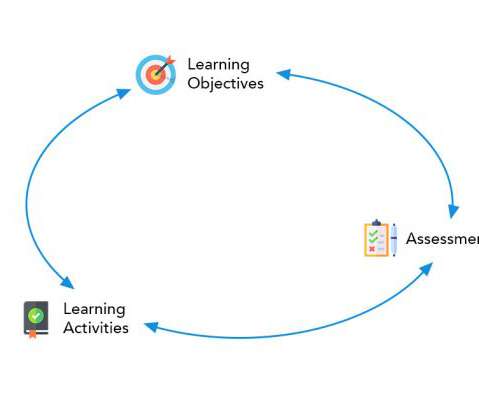What Opportunities are there for Instructional Designers & Developers?
Adobe Captivate
OCTOBER 12, 2018
Knowledge of how students, employees and adults learn. Knowledge of following theories and models: Situated Cognition Theory. Sociocultural Learning Theory. Bloom’s Taxonomy Of Learning Objectives. You will most likely have access to Subject Matter Experts (SME’s) within the company.




























Let's personalize your content